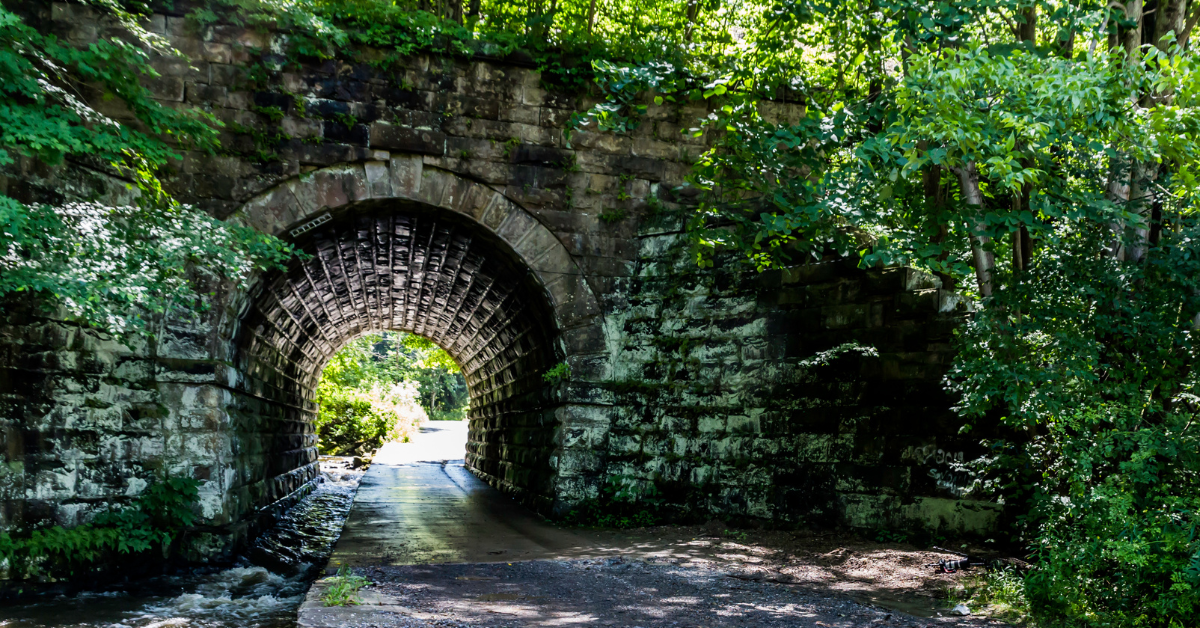The Hidden Christian Sites in Nagasaki and Amakusa, registered as a UNESCO World Heritage in 2018, tell the story of people who endured centuries of oppression while secretly preserving their faith. For Japanese visitors, these sites are more than historical landmarks; they are symbols of conviction, resilience, and cultural identity.
What Are the Hidden Christian Sites?
The Hidden Christian Sites of Nagasaki and Amakusa consist of 12 cultural properties located across Nagasaki Prefecture and Kumamoto Prefecture. Places such as Ōura Cathedral, the village of Kasuga, and the fishing village of Sakitsu each carry their own historical significance. These sites are valuable testimonies to how people continued their faith and integrated it into daily life during the strict prohibition policies enforced by the Tokugawa shogunate.
For Japanese people, these are not merely historical ruins. In modern society, freedom of religion is taken for granted, but in the past, it was denied. When visiting these sites, many Japanese reflect on the anxiety and fear that people once lived with. Farmers and fishermen continued to work while secretly praying, and their determination leaves a lasting impression on today’s Japanese.
Japanese Impressions
Most Japanese visitors strongly associate these sites with “endurance” and “conviction.” In a time when keeping faith meant risking one’s life, people chose to continue their prayers. This reality goes far beyond what modern people can easily imagine. Many ask themselves, “Would I be able to preserve my faith under the same conditions?”
What resonates deeply is the “silent prayer.” Unlike grand rituals, the prayers of the Hidden Christians were modest yet carried profound spiritual power. This quiet spirituality strongly appeals to Japanese sensibilities, evoking deep emotions. The appreciation of “beauty in silence” connects with broader Japanese cultural values and can help foreigners understand why Japanese impressions are so deeply emotional.
Japanese Impressions
| Perspective | Japanese Impressions | Explanation for Foreign Visitors |
|---|---|---|
| Faith | Respect for the strength to preserve faith despite oppression | People continued praying even without religious freedom |
| History | Recognition of the preciousness of freedom through the ban’s history | Religious oppression is a universal theme |
| Culture | Admiration for the formation of a uniquely Japanese form of Christianity | Christianity fused with Japanese culture in unique ways |
| Emotion | Deeply moved by the quiet prayers and hidden churches | The appeal lies in “silence,” not grandeur |
Cultural Features Left by Hidden Christians
| Element | Description | Japanese Perceptions |
|---|---|---|
| Prayers | Fragments of Latin and Portuguese mixed with Japanese | Moved by the unique resonance of blended languages |
| Hidden Crosses | Crosses embedded in Buddhist items or everyday tools | Amazed by the ingenuity and devotion behind them |
| Secret Gatherings | Prayers held in homes or caves | Understood as a source of stronger unity among believers |
| Daily Life Integration | Prayers tied to fishing and farming | Respect for faith lived as part of everyday life |
Japanese people find particular meaning in the way faith was woven into ordinary culture. To them, preserving faith through lifestyle rather than formal rituals is deeply inspiring.
A Japanese Perspective for Foreign Visitors
For many foreigners, these sites may appear mainly as historical evidence of religious persecution. However, Japanese people view them as symbols of “spiritual strength.” The focus is not solely on religious doctrines but on the human determination to protect one’s beliefs.
Japanese visitors also rediscover the “value of freedom” when encountering these sites. The struggles of people who kept their faith hidden had long been forgotten in mainstream history, but UNESCO recognition brought them into wider public awareness. This has encouraged Japanese society to reflect on its own past. Foreigners who understand that these sites also serve as a place of self-reflection for Japanese society will gain a deeper sense of connection.
Features of Each Site and Japanese Impressions
| Site | Features | Japanese Impressions |
|---|---|---|
| Ōura Cathedral | Oldest surviving Christian church in Japan | Symbol of both beauty and “religious freedom regained” |
| Kasuga Village | Faith preserved in remote mountain communities | Deep respect for the strength of life under harsh conditions |
| Sakitsu Village | Faith rooted in a fishing community | Perceived as simple yet powerful integration of life and prayer |
| Nozaki Island Settlement | Remains on an uninhabited island | Represents the weight of communal memory |
Lessons Modern Japanese Learn
| Lesson | Example | Emotional Response |
|---|---|---|
| Value of Religious Freedom | Freedom guaranteed in today’s society | Recognition of past sacrifices strengthens appreciation |
| Endurance and Unity | Communities supporting each other in secrecy | Feeling that unity makes people stronger |
| Cultural Diversity | Fusion of Japanese traditions with Christianity | Pride in openness to cultural exchange |
| Historical Memory | Learning from tragedies of persecution | Strong resolve that it must never be repeated |
Conclusion
The Hidden Christian Sites of Nagasaki and Amakusa remind Japanese people of the preciousness of freedom and the strength of conviction. Visitors do not simply admire the architecture but reflect on the lives of those who endured. Japanese impressions are filled with respect, emotion, and rediscovery. For foreign visitors, seeing these sites not just as tourist attractions but as places to learn about the power of human faith will lead to a deeper understanding.






